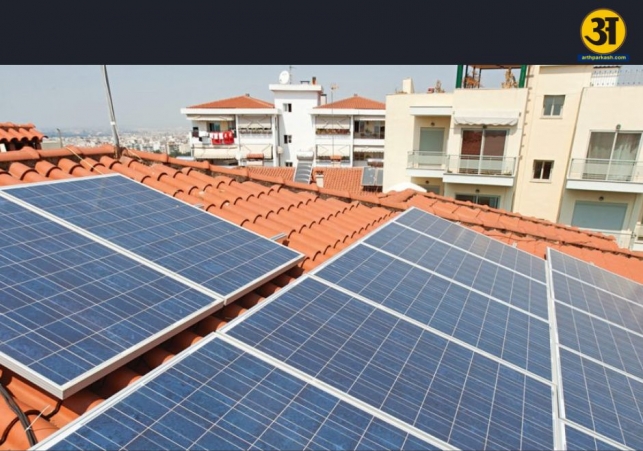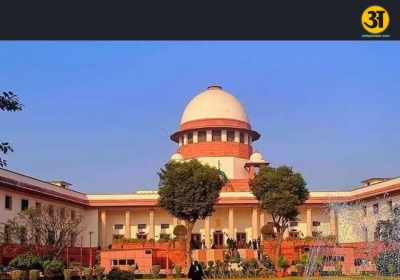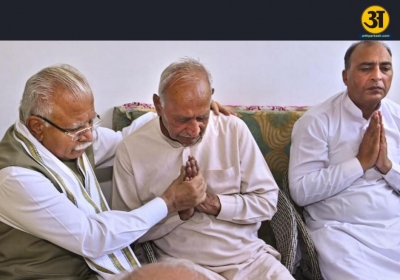
All government buildings in Chandigarh run on solar energy now
Solar energy now powers all 6,624 government buildings in Chandigarh
Chandigarh has taken a big step towards clean energy. All 6,624 government buildings in the Union Territory (UT) are now powered by solar energy. These buildings have solar panels on their rooftops that can generate a total of 52.85 megawatt peak (MWp) of power. This makes them net-zero in terms of energy, meaning they produce as much electricity as they consume.
The city is part of a national plan to develop 34 “Solar Cities” by 2030. To meet this goal, the Chandigarh Administration wants to install rooftop solar panels on every private building by the end of December this year. For this, the building rules have been changed. Now, every house that is more than 250 square yards (over 10 marla) must have a rooftop solar panel.
The plan is to generate 224 MW of solar power in Chandigarh by 2030. The city’s renewable energy projects are being handled by CREST — the Chandigarh Renewable Energy and Science & Technology Promotion Society. These projects aim to reduce pollution, save on electricity costs, and make the city greener and cleaner.
Since the early 2010s, Chandigarh has been working on solar energy. It started by installing rooftop systems that are connected to the main electricity grid. As of December 31, 2024, a total of 89.69 MWp capacity has been installed on 10,988 rooftops across the city. These installations have already generated 270.26 million units of electricity.
Officials say that this solar power generation has helped cut down nearly 18.65 lakh metric tonnes of carbon dioxide. This is a huge step in fighting climate change.
Government Schools lead the way
Among the city’s 114 government schools, 108 were found suitable for solar energy. Rooftop panels have been installed on all of them. Last year, these schools used 6.1 million units of electricity. With the solar panels now active, they generated 7.32 million units — more than they needed. This extra energy makes these schools net-zero in power use. It also lowers their bills and teaches students the importance of clean energy.
The government has also worked on its housing areas. Solar panels have been installed on 6,247 government residential buildings. These have a total capacity of 18.1 MWp and are expected to produce about 23.5 million units of electricity each year. This clean energy will save the government and the residents around Rs 12.69 crore annually and reduce pollution further.
To help people adopt solar energy in their homes, the Administration is promoting the central government’s PM Surya Ghar: Muft Bijli Yojana. This scheme gives money to people who install rooftop solar systems. A family can get up to Rs 78,000 in subsidy for a system up to 3 kilowatt peak (kWp). So far, 637 families in Chandigarh have installed solar panels under this scheme.
ALSO READ: National Mental Health Survey Begins in Chandigarh to Assess Well-Being
ALSO READ: Chandigarh MC to hire advisory firm for drafting waste management plant proposal
Electric Vehicles also growing
The Administration is not just focused on solar power. To cut down pollution from cars and bikes, it has also launched an electric vehicle (EV) policy. This has helped more people start using electric vehicles. As of January 31, 2025, there were 14,315 electric vehicles registered in Chandigarh.
This EV policy, along with the rooftop solar program, shows that Chandigarh is serious about building a cleaner and greener future. From homes and schools to cars and buses, clean energy is becoming a big part of everyday life in the city.
Chandigarh is showing how cities in India can take the lead in using renewable energy. With strong planning and support from the government, both public and private sectors are moving together towards a more sustainable future.





